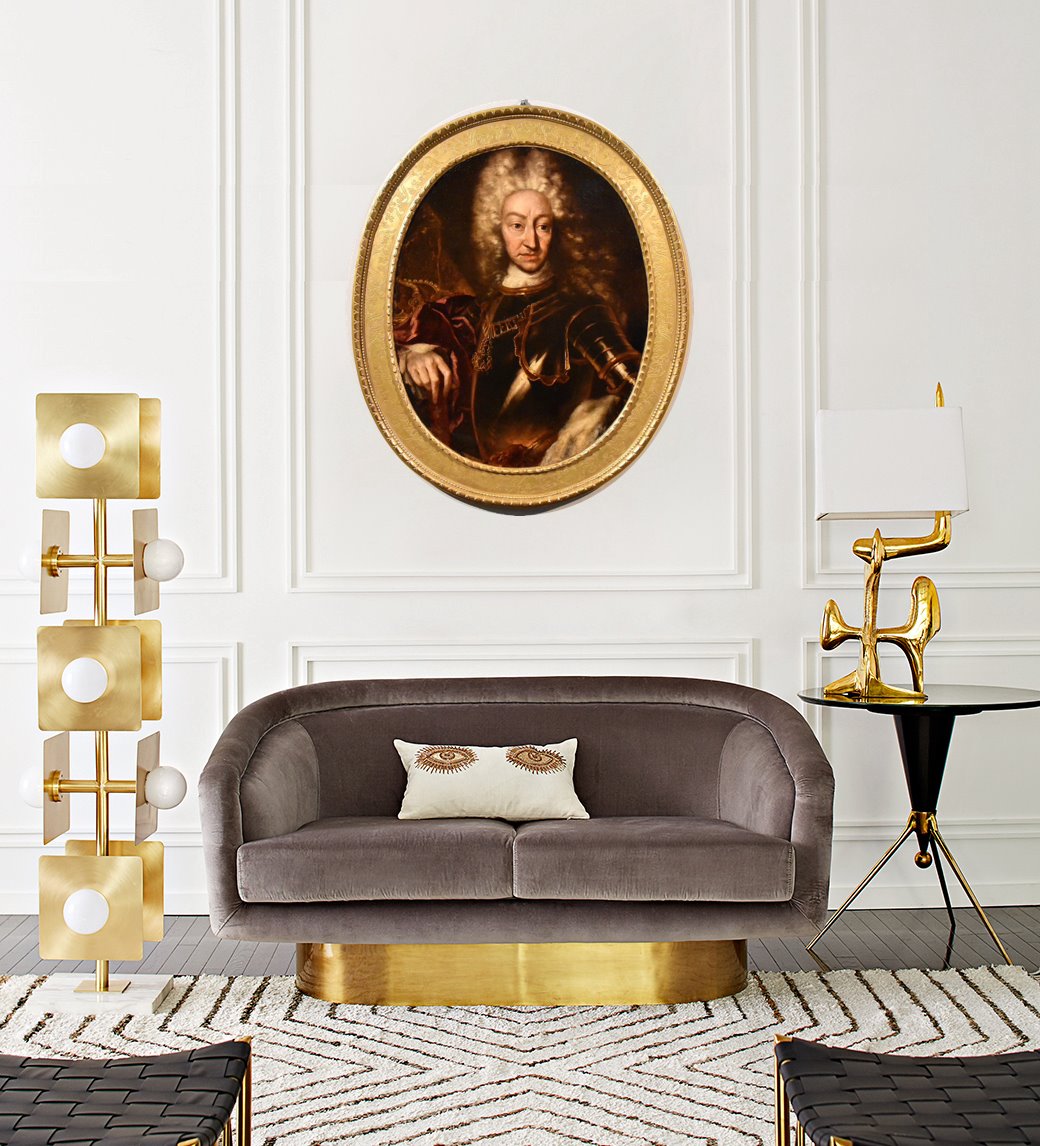Ritratto di Vittorio Amedeo II di Savoia (Torino 1666 – Moncalieri 1732)
King Victor Amadeus II of Savoy (Turin 1666-1732), Maria Giovanna Clementi (Tornino 1692- 1761)
Attributable to Maria Giovanna Battista Clementi known as La Clementina (Turin, 1692 - Turin, 1761)
Portrait of Victor Amadeus II of Savoy (Turin 1666 - Moncalieri 1732) king of Sardinia, duke of Savoy, marquis of Saluzzo and duke of Monferrato, prince of Piedmont and count of Aosta, Moriana and Nizza from 1675 to 1720.
Oil on oval canvas,
79 x 62 cm., Framed 98 x 82 cm.
The portrayed in this fascinating virile portrait is King Victor Amadeus II of Savoy, portrayed in ceremonial armor and red cloak according to the traditional courtly iconography, represented half-length, slightly three-quarter-length, with the towering "courtly" wig, according to the dictates of fashion of the first decades of the century, of French inspiration.
In order to represent the power embodied in our austere portrayal, the sovereign is immortalized with the symbolic attributes of the power of the family, identifiable in the ancient crown of the Kingdom of Sardinia, in the scepter with the Mauritian cross and in the necklace of the Supreme Order of the Most Holy Annunziata, established in 1364 by Amedeo VI, as the highest honor of the House of Savoy.
A very interesting detail is the inscription, on the necklace, of the Savoy motto 'FERT', with a meaning that is still controversial today: according to the official interpretation, it is the acronym of "Fodere Et Religione Tenimur" which due to the Savoy's commitment to spread the Christian faith, and again "Fortitudo Ejus Rhodum Tenuit", which would allude to the participation of the Savoy in the Crusades, "Fides Est Regni Tutela" (faith is the protector of the Kingdom), even if the most imaginative and ironic was ''Fomina Erit Ruina Tua'' (the woman will be your undoing).
Dated to the end of the seventeenth century, it is historically and culturally to be placed in the profitable production of the workshops active for the House of Savoy.
The good workmanship and the pictorial quality suggest that the painting belongs to the sphere of the official portraitists of the court, in particular to Maria Giovanna Clementi, known as la Clementina. The stylistic data of the painting confirm the Franco-Frammean orientation of court portraiture, linked to Clementine and her circle.
Cycles dedicated to the dukes of Savoy, and later kings of Sardinia, and eventually to their wives, were widespread not only in the royal residences, but also in the residences of the court nobility as an evident sign of loyalty to the sovereign dynasty.
STORAGE:
The work is presented in a good state of conservation, with scattered old touches. The painting is completed by a pleasant gilded wooden frame, not coeval.
Follow us on:


